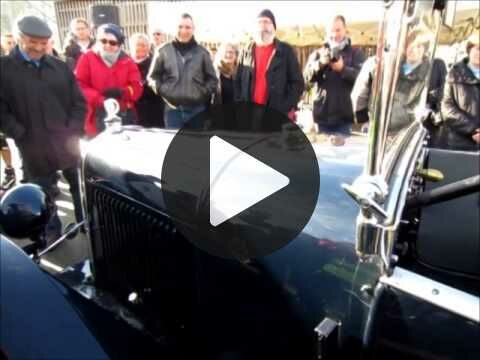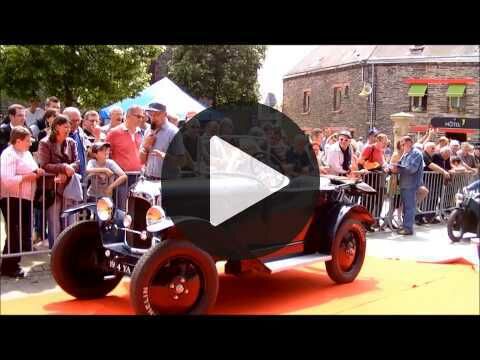Citroen C 3 Trefle(diecast 1:43, Universal Hobbies)
- Citroen C 3 Trefle (from 1925)
- Universal Hobbies
- 1:43
- Showcase model / No engine
- diecast
- Blau/Schwarz
- ebay auction
- Not specified
- Not specified
- Not for sale
An Icon of the Roaring Twenties: The Citroën C3 Trefle
The Citroën C3 Trefle, originally known as the Citroën Type C, was introduced in the early 1920s, precisely from 1922 to 1926. Known for its innovative design and engineering, the C3 Trefle was a part of the legendary Citroën's early efforts to make automobiles accessible to the general public. The Trefle, which means "clover" in French, earned its name due to its distinctive three-seat configuration, with two seats in the front and one centrally located in the rear, resembling a cloverleaf. This unique design became a hallmark of Citroën's ingenuity and played a significant role in the car's widespread appeal.
Engineering Marvel and Technical Specifications
The Citroën C3 Trefle was powered by a 4-cylinder, 856 cc engine, producing a humble 11 horsepower. Despite its modest power output, the vehicle was praised for its robust engineering and reliability, making it a popular choice among early motorists. The car featured a surprisingly lightweight construction, with a total weight of just around 600 kg, which contributed to its efficient fuel consumption. The C3 Trefle could reach a top speed of approximately 60 km/h (37 mph), quite impressive for its time. Its simple yet effective overhead-valve engine layout set benchmarks for engineering efficiency in the automotive industry.
Classic Livery and Cultural Impact
The vivid blue livery of the miniature model is reminiscent of the classic colors often associated with Citroën cars of that period. The distinct color schemes were not just for aesthetics but also served practical purposes, making the vehicles visible and recognizable in a sea of early automobiles. The Citroën C3 Trefle was a symbol of mobility and freedom in the post-World War I era, a representation of the roaring twenties' optimistic spirit. Moreover, its compact size and ease of use made it an ideal choice for urban driving, solidifying its presence in cityscapes across Europe.
- Write a first comment about this model now!Any comment can be discussed by all members. It's like a chat.Mention other Modelly members by using @ in your message. They will then be informed automatically.
- Write a first comment about this model now!Any comment can be discussed by all members. It's like a chat.Mention other Modelly members by using @ in your message. They will then be informed automatically.




















